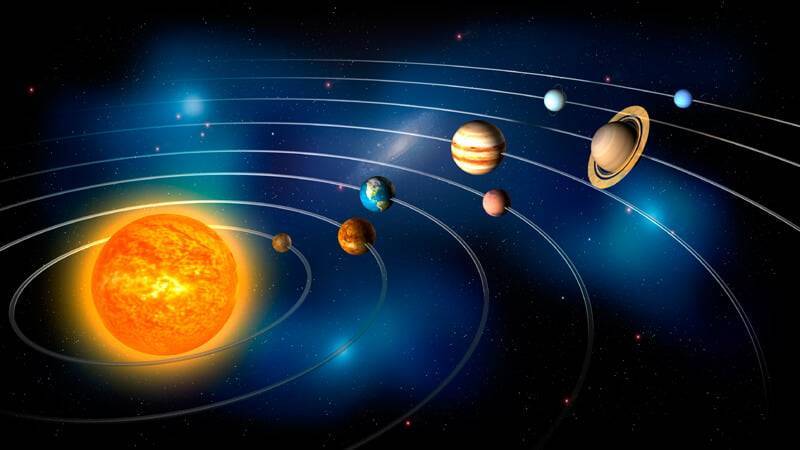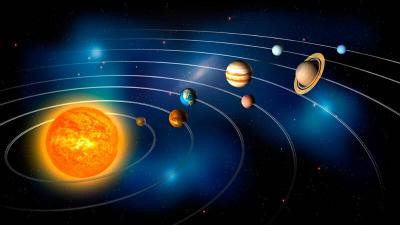Scientists have found the rare metal terbium for the first time in the atmosphere of an exoplanet. Researchers at Lund University in Sweden achieved this discovery after developing a new method to analyze exoplanets, allowing for a more detailed study. This celestial body, with an astonishing average temperature of 4000 degrees Celsius, has intrigued astronomers worldwide since its discovery in 2016.
The new study, published in the journal Astronomy & Astrophysics, reveals findings about the extremely hot and peculiar atmosphere. Nicolas Borsato, a PhD student in astrophysics at Lund University, stated: "We developed a new method that enables us to obtain more detailed information. Using it, we discovered seven elements, including the rare material terbium, which had never been found in the atmosphere of any exoplanet before."
Terbium is a rare earth metal that belongs to the group known as lanthanides. The material was discovered in 1843 by Swedish chemist Carl Gustaf Mosander in the Ytterby mine in the Stockholm archipelago. The substance is very rare in nature, with 99% of the world's terbium production today coming from the Bayan Obo mining area in Inner Mongolia. Borsato notes, "Finding terbium in the atmosphere of an exoplanet is astonishing."
Most exoplanets are discovered by astronomers through measuring the brightness of stars as an exoplanet passes in front of its star, causing the star's brightness to decrease. Exoplanets, or planets outside our solar system, are planets that exist in other solar systems. The first confirmed discovery of an exoplanet occurred in 1992, with a planet orbiting a neutron star. Three years later, the first exoplanet orbiting a sun-like star was discovered. Since then, over 5000 exoplanets have been recorded. The existence of exoplanets often raises questions about the possibility of life elsewhere in the universe.
Borsato concludes that "the discovery of heavy elements in the atmospheres of extremely hot exoplanets is another step towards understanding how the atmospheres of these planets work. The better we understand these planets, the greater our chances of finding an Earth 2.0 in the future."




